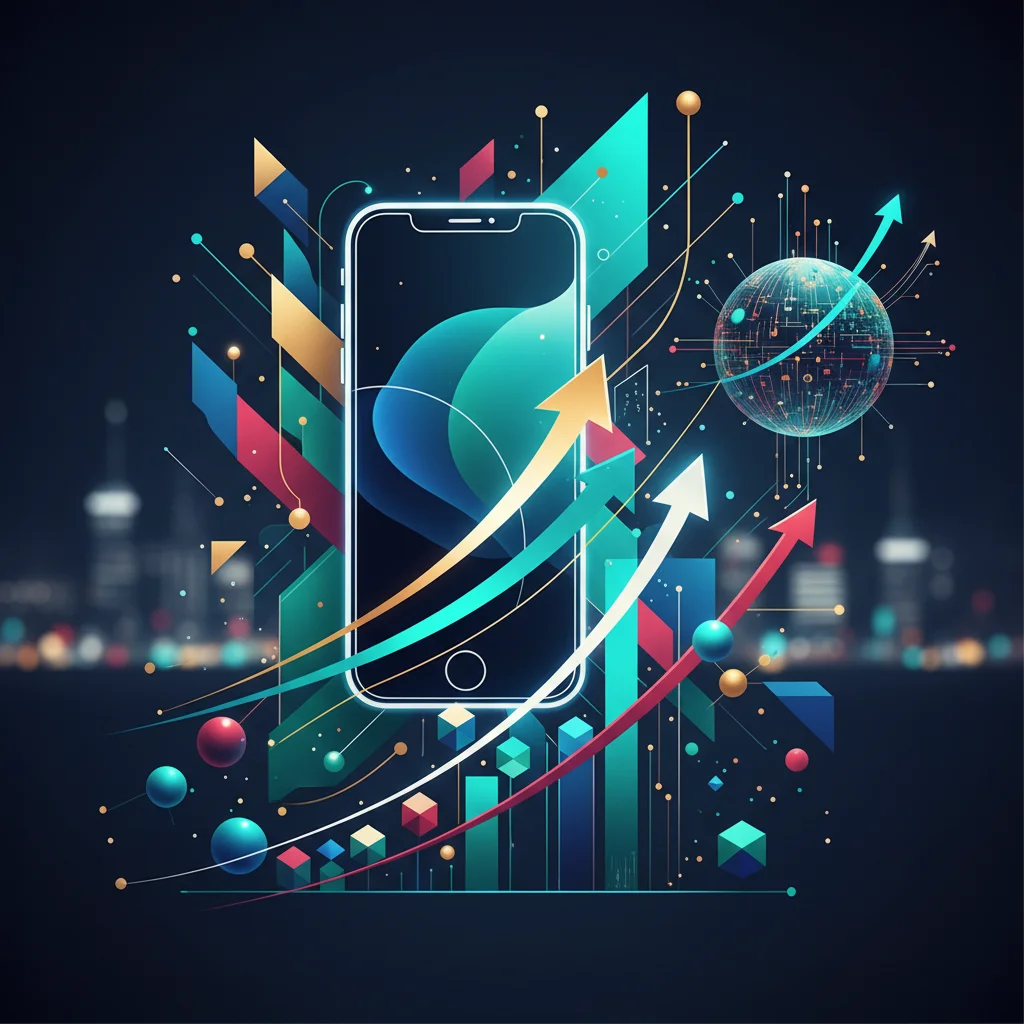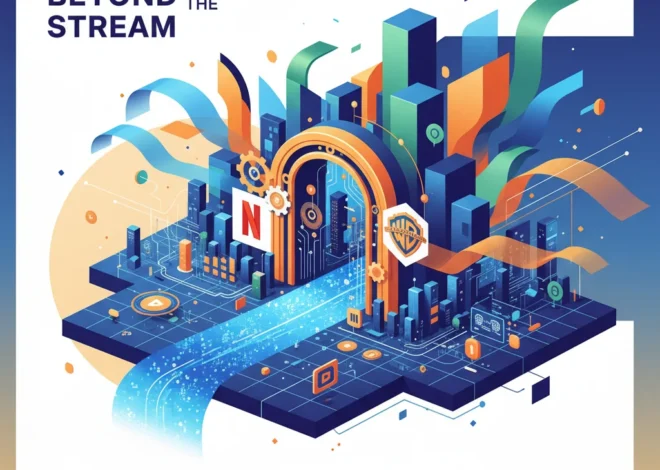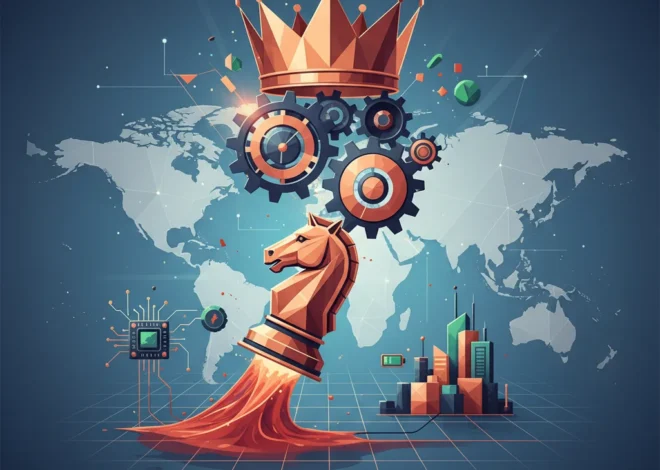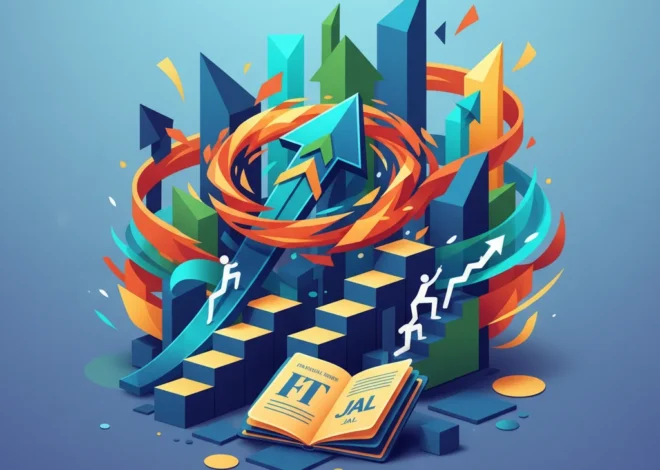
The iPhone Supercycle is Back: What Apple’s Latest Launch Means for Your Portfolio and the Economy
The Roar of Demand: More Than Just a New Phone
In the world of technology and finance, few events command as much attention as a new iPhone launch. It’s a meticulously choreographed spectacle that ripples through global markets, supply chains, and consumer wallets. This year, however, the familiar buzz has escalated into a roar. Apple’s most significant iPhone redesign in years has unleashed what many analysts are calling a “supercycle” of upgrades, characterized by extended wait times stretching into weeks or even months and unprecedented trade-in incentives. But this is far more than a story about a shiny new device; it’s a masterclass in economic strategy and a critical barometer for the health of consumer spending, the tech sector, and the broader economy.
For investors, business leaders, and anyone interested in the intersection of technology and finance, understanding the mechanics behind this frenzy is crucial. It reveals the immense power of Apple’s ecosystem, the strategic levers it pulls to drive revenue, and the profound impact a single product can have on the global stock market. We’re not just witnessing a product launch; we’re seeing a powerful economic engine fire on all cylinders, with far-reaching implications for everything from international trading to personal banking.
Anatomy of a Supercycle: Why This Upgrade is Different
The term “supercycle” is often invoked when a new iPhone introduces a feature so compelling that it prompts a massive wave of existing users to upgrade simultaneously. Historically, these moments have been triggered by significant form-factor changes (like the larger screens of the iPhone 6) or transformative new technologies (like Face ID on the iPhone X). The current cycle is being fueled by a similar confluence of factors.
Firstly, the new device represents the first major physical redesign in several generations, a powerful aesthetic motivator for consumers. Secondly, and perhaps more importantly, it marks the full-scale integration of 5G technology across the lineup. While 5G has been available, this launch is seen as the moment it truly goes mainstream, promising a leap in connectivity that both consumers and carriers have been anticipating. This technological milestone creates a clear and compelling reason for the millions of users holding onto three- or four-year-old devices to finally make the jump. The surging demand, reflected in delivery estimates pushing well into the next month, confirms that Apple has successfully timed these innovations to maximize upgrade desire (source).
The Punk Rock Pivot: What a New Play Reveals About Fintech's Rebellion Against Traditional Finance
The Financial Engineering Behind the Frenzy
A key catalyst for this upgrade wave isn’t just the technology inside the phone, but the sophisticated financial incentives designed to make a $1,000+ purchase more palatable. Apple and its carrier partners have rolled out some of the most aggressive trade-in deals and promotions ever seen. These programs are a brilliant piece of financial engineering that accomplishes several goals simultaneously:
- Reduces Sticker Shock: By offering hundreds of dollars for older models, the upfront cost of a new iPhone is dramatically lowered, pulling hesitant buyers off the sidelines.
– Boosts Customer Loyalty: Trade-in programs keep users locked within the Apple ecosystem, making a switch to a competitor like Android a much more expensive and less convenient proposition.
– Fuels the Refurbished Market: The collected devices supply a thriving secondary market, allowing Apple to capture revenue from more price-sensitive customers in emerging markets.
– Drives Services Revenue: Every new iPhone sold is a gateway to Apple’s high-margin services division, including the App Store, Apple Music, iCloud, and Apple Pay. The hardware sale is just the beginning of the customer’s lifetime value.
To illustrate the power of these incentives, consider the following hypothetical trade-in values which reflect the types of deals currently driving the market:
| Device Being Traded In | Estimated Trade-In Value | Effective Price of New $1,099 iPhone Pro |
|---|---|---|
| iPhone (2 generations old) | $450 – $650 | $449 – $649 |
| iPhone (3 generations old) | $300 – $400 | $699 – $799 |
| iPhone (4 generations old) | $150 – $250 | $849 – $949 |
This strategic approach to pricing and lifecycle management is a core tenet of Apple’s financial success and a key reason why Wall Street watches these launch metrics so closely. It’s a direct application of financial principles to drive consumer behavior on a massive scale.
The iPhone’s Gravitational Pull on the Global Economy
A successful iPhone launch doesn’t just pad Apple’s coffers; it sends positive shockwaves across the entire global technology supply chain and offers a vital signal about the state of consumer confidence. For those involved in the stock market, the “Apple effect” is a well-documented phenomenon.
Suppliers of key components—from the chip fabricators like TSMC to the camera sensor makers like Sony and the assembly partners like Foxconn—see their own revenues and stock prices rise in tandem with iPhone demand. A blockbuster quarter for Apple can lift the entire tech sector, demonstrating that despite economic uncertainty, consumers are still willing to spend heavily on premium technology. This has a profound effect on market sentiment and the broader principles of economics, suggesting a degree of resilience in the high-end consumer segment.
Trump's Crypto Gambit: A New American Economy or a Political Masterstroke?
The iPhone as the Epicenter of Modern Fintech
Perhaps the most transformative long-term impact of the iPhone’s dominance lies in its evolution from a communication device to the central hub of personal finance. Every new iPhone sold further solidifies Apple’s burgeoning empire in fintech and financial technology.
With each hardware iteration, features like the Secure Enclave become more powerful, making the iPhone an increasingly trusted device for sensitive transactions. This hardware-level security is the foundation upon which services like Apple Pay and Apple Card are built. Apple has seamlessly integrated payments and credit into its operating system, fundamentally changing its relationship with traditional banking institutions. It is both a partner and a formidable competitor.
Looking ahead, the immense processing power and secure architecture of the latest devices open up new possibilities. While not a current feature, it’s conceivable that future iPhones could become hardware wallets for digital assets or a platform for decentralized identity verification, potentially leveraging blockchain technology to give users unprecedented control over their digital lives. The iPhone is no longer just a window to the internet; it’s becoming the key to our financial identity.
Historical Context: Echoes of Past Supercycles
To understand the magnitude of the current moment, it’s helpful to compare it to previous landmark iPhone launches that also triggered upgrade supercycles. Each had a unique catalyst that redefined the smartphone market and Apple’s financial trajectory.
| Model & Year | Supercycle Catalyst | Market Impact |
|---|---|---|
| iPhone 6 (2014) | First large-screen design (4.7″ & 5.5″) | Shattered sales records by tapping into pent-up demand for larger displays, directly competing with Android. |
| iPhone X (2017) | First edge-to-edge OLED display, removal of Home button, introduction of Face ID. | Established the $1,000 premium smartphone category and set the design language for all future iPhones. |
| Current Gen iPhone | Major redesign, 5G integration, significant camera system advancements. | Aims to capture a massive wave of users holding older (3-4 year old) devices, cementing 5G as a mainstream technology. |
Each of these moments represented a calculated risk that paid off handsomely, solidifying Apple’s market leadership and driving shareholder value. The current cycle follows this proven playbook: wait for a technology to mature (5G), combine it with a desirable new design, and fuel the transition with aggressive financial incentives.
The Trump-China Trade War: Decoding the Strategy Behind the Spectacle
Conclusion: A Bellwether for Tech and Finance
The frenzy surrounding Apple’s latest iPhone is a multifaceted event with profound implications. On the surface, it’s a triumph of product design and marketing. Dig deeper, and you find a sophisticated financial strategy designed to maximize customer lifetime value and defend a powerful ecosystem. Zoom out further, and you see a bellwether for consumer confidence, a growth engine for the global tech supply chain, and a disruptive force in the world of fintech and banking.
For investors, the signals are clear: Apple’s ability to command premium prices and inspire mass upgrades remains intact. For business leaders, it’s a case study in brand loyalty and strategic lifecycle management. And for everyone, it’s a potent reminder of how a single product can sit at the very center of technology, economics, and modern finance, reshaping our world one upgrade cycle at a time.


